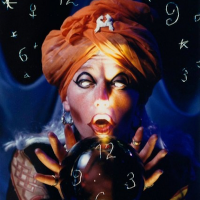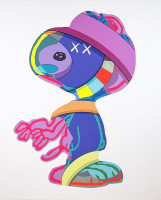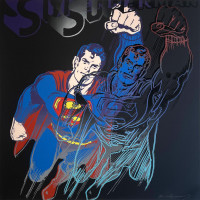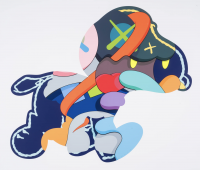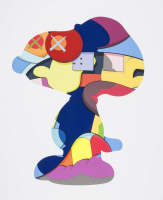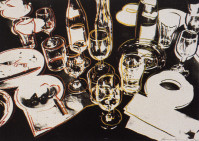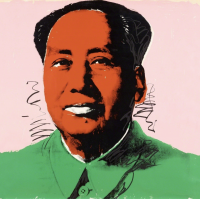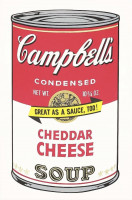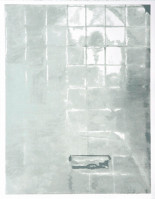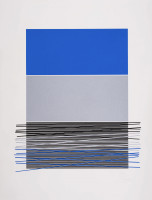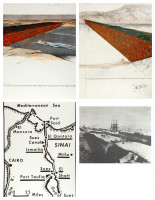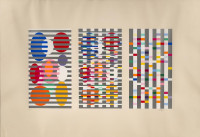
What is a screen-print?
Screen printing is a technique where ink is transferred through a mesh onto a substrate, with areas blocked by a stencil to prevent ink from passing through. This method, also known as serigraphy or silkscreen printing, is commonly used to produce prints on posters, T-shirts, vinyl, stickers, wood, and other materials. The process is a type of stencil printing, allowing for vibrant, detailed designs on various surfaces.
Show All
- Show All
- Established
- Discoveries
A,B,C
ARTWORKS RELATED TO SCREEN-PRINT
Andy Warhol
Cheddar Cheese (F. & S. II.63) (from Campbell’s Soup II), 1969
Limited Edition Print
Screen-print
Inquire For Price
Javacheff Christo
Wall of 10 Million Oil Drums, Project for the Suez Canal, 1972
Limited Edition Print
Screen-print
EUR 3,000
Andy Warhol
Queen Margrethe II of Denmark, FS II. 342A, 1985
Limited Edition Print
Screen-print
USD 50,000 - 60,000
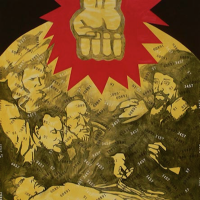
Activist Art is a form of art created to address social and political issues. It often involves public engagement and works closely with communities to raise awareness or inspire change. While it can include elements of performance art, it is not limited to this form. Examples include creating and distributing social protest posters or organizing community-based art projects that highlight specific causes.
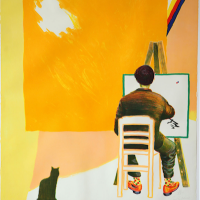
Neo-Figurative Art is a collective term that refers to the revival of figurative art in America and Europe during the 1960s, following a period dominated by abstraction. Michel Ragon, a French art critic, argued that this resurgence of figuration occurred during a critical time of social and political upheaval in both regions.
